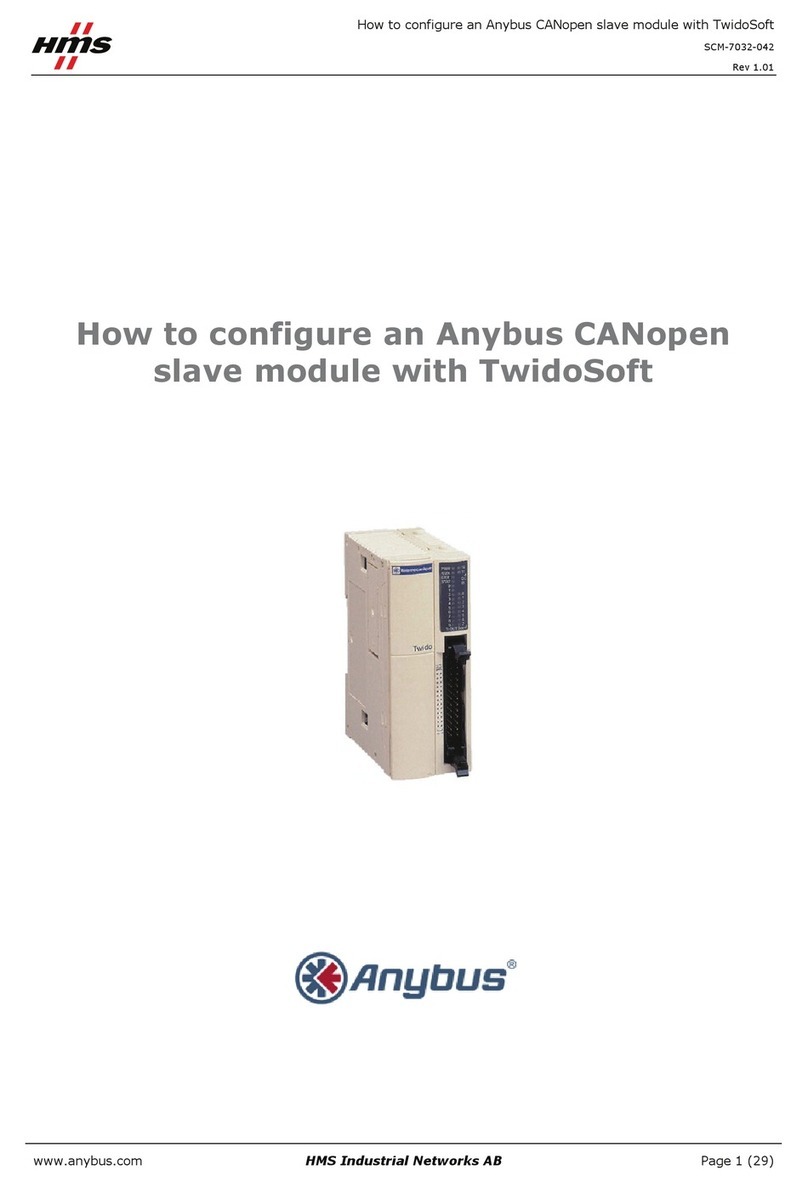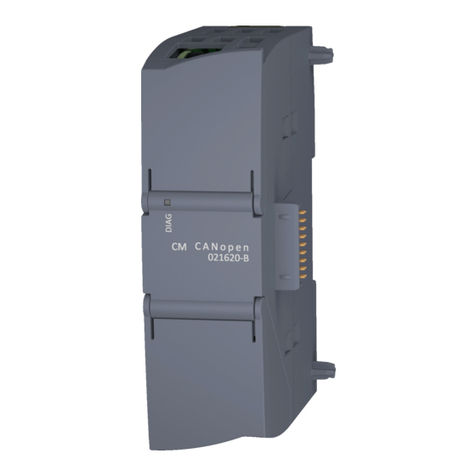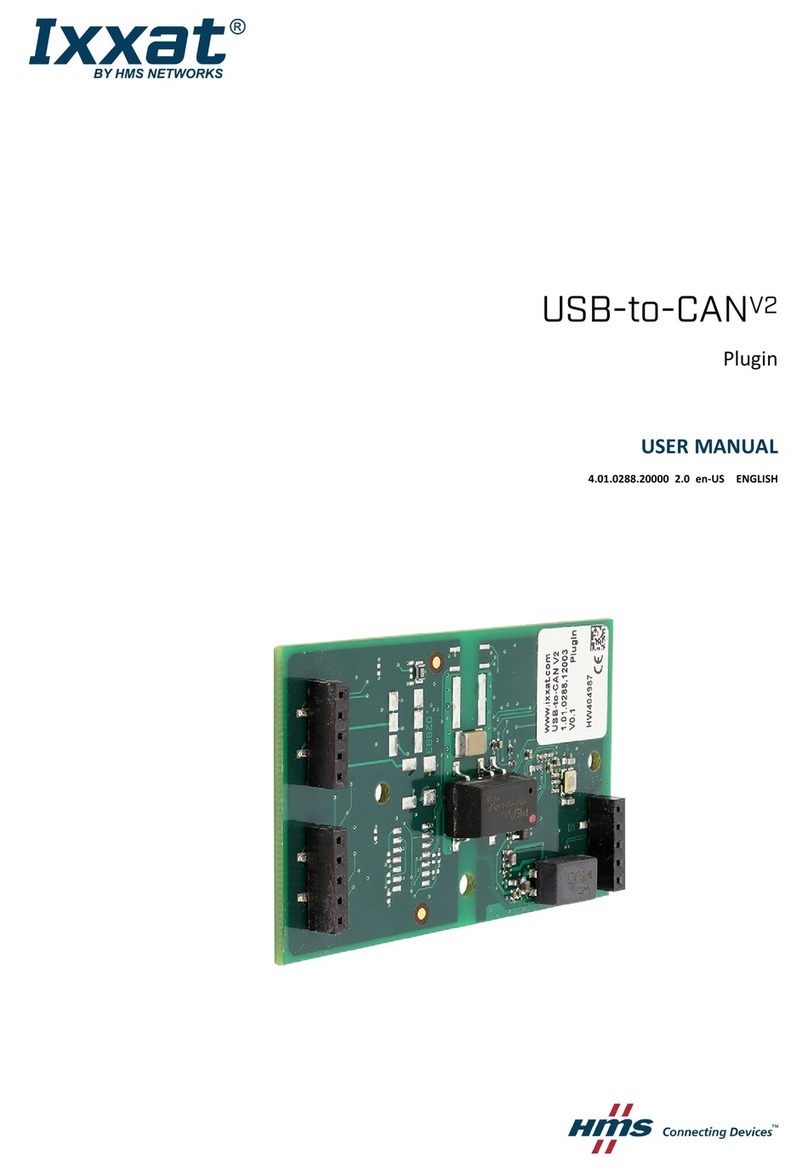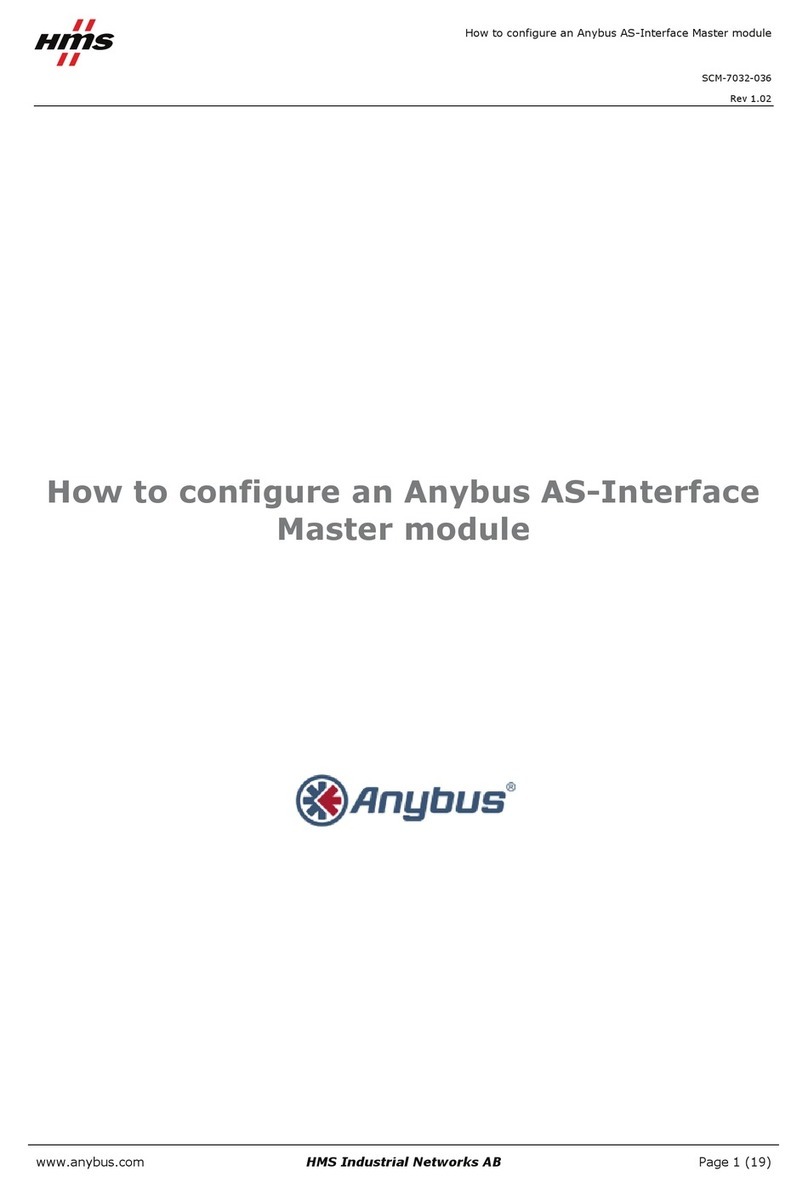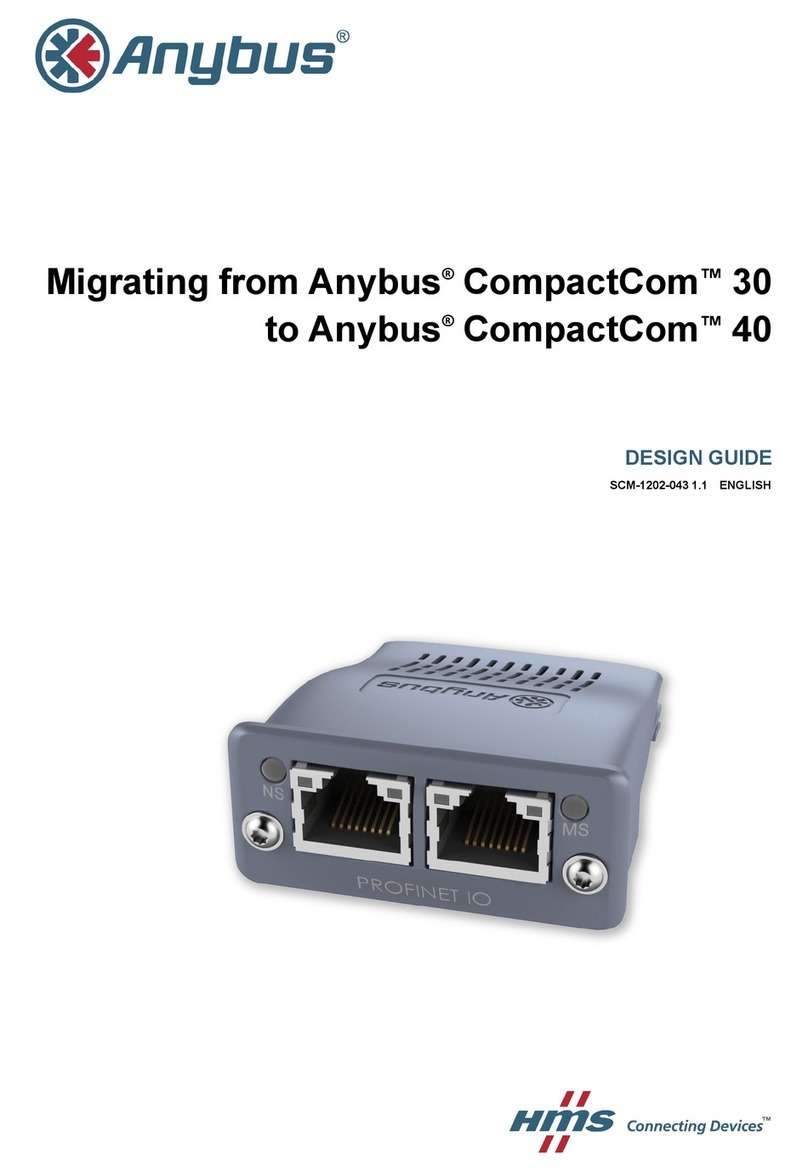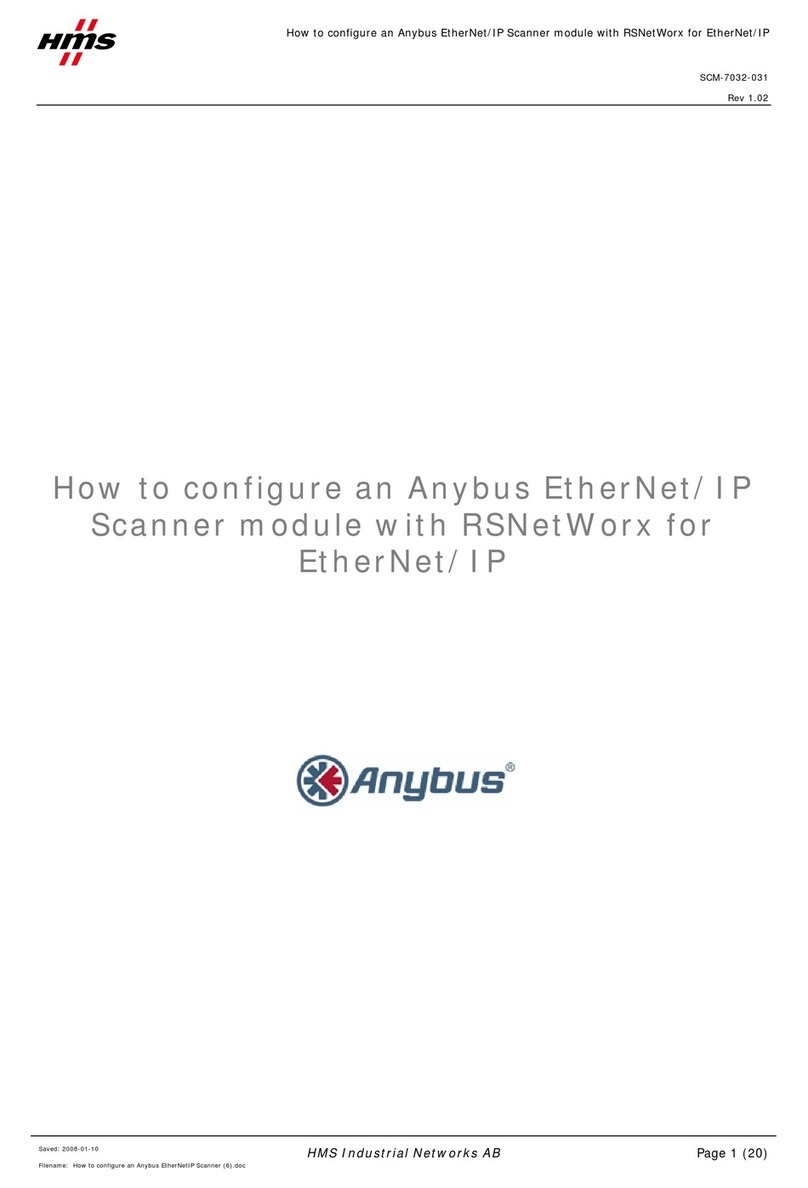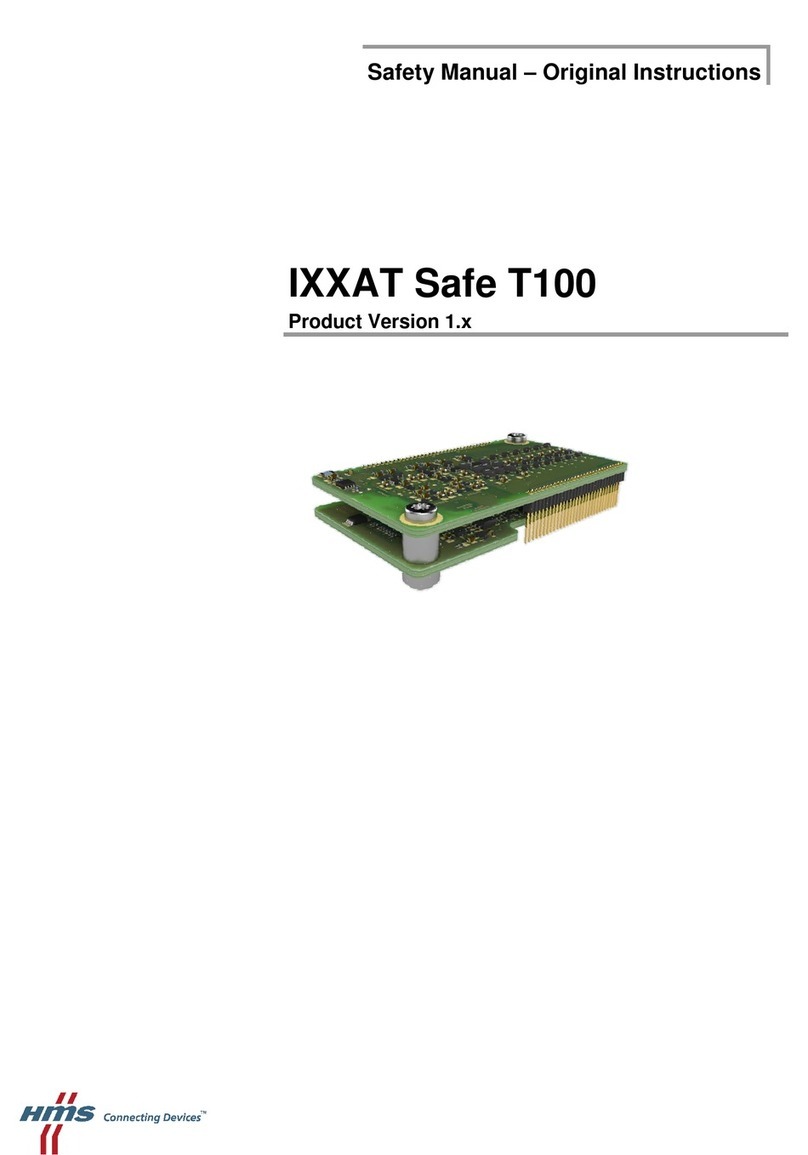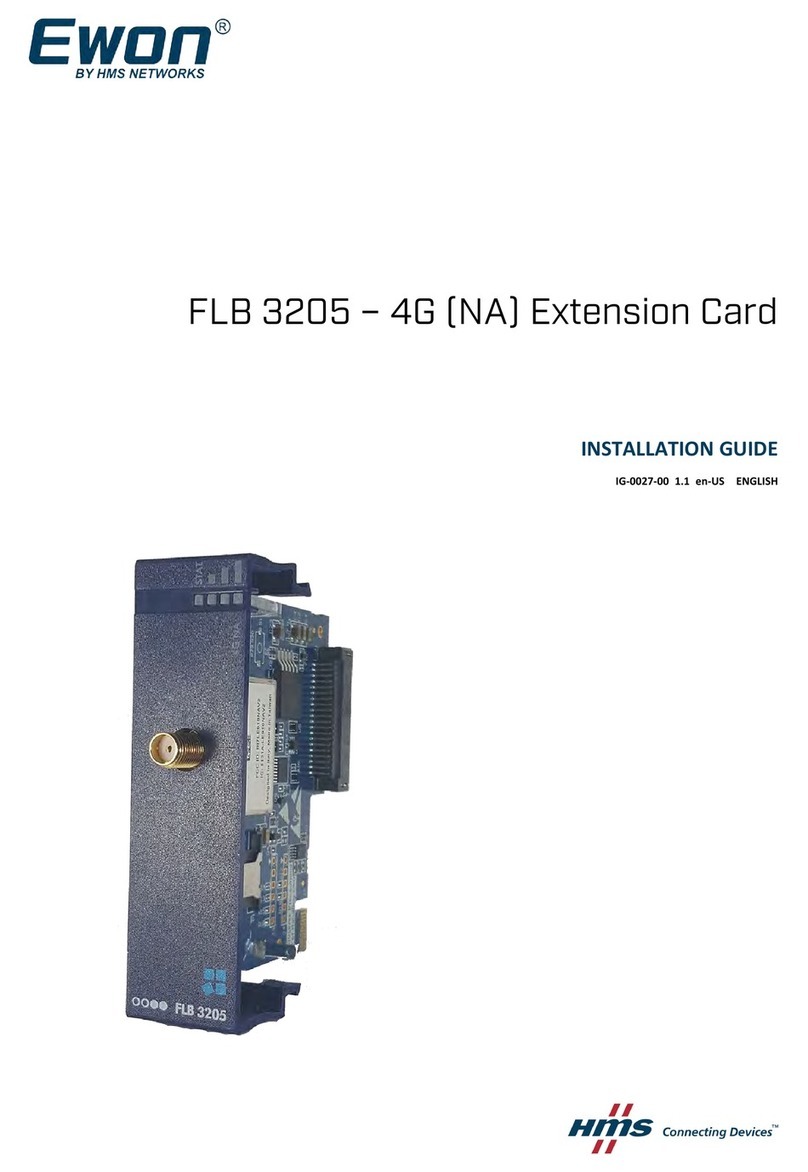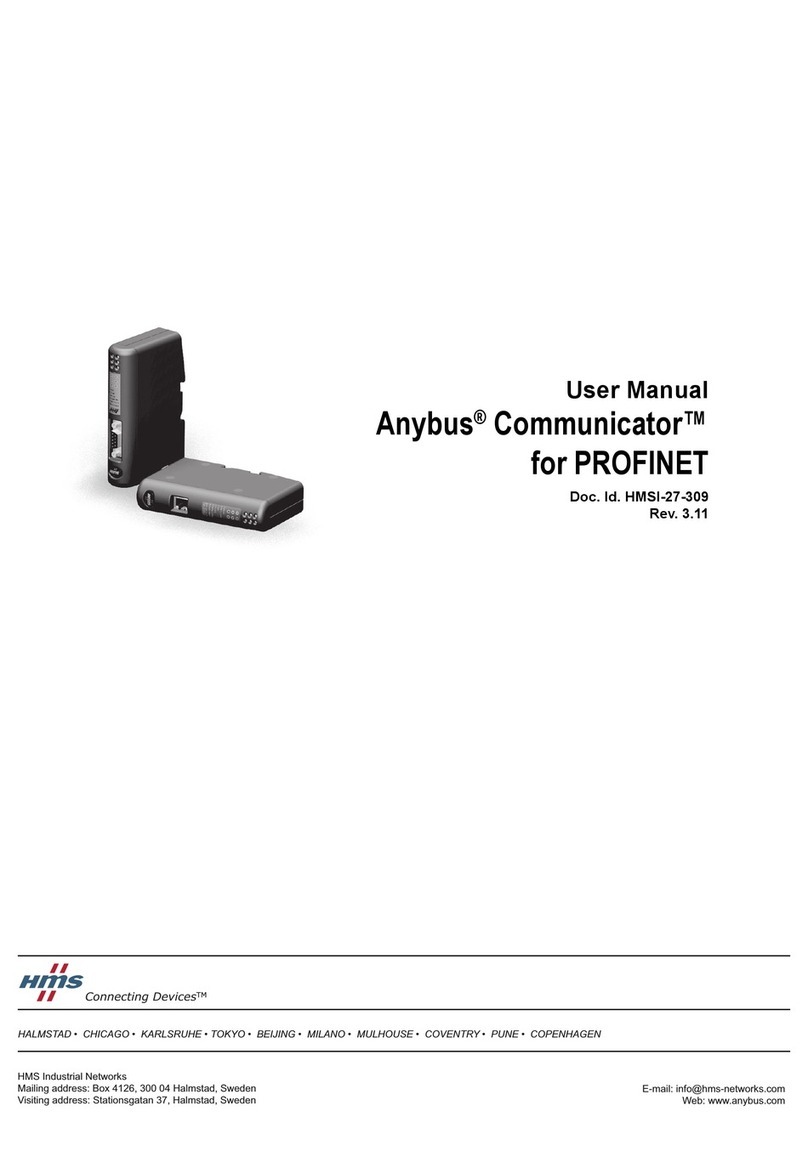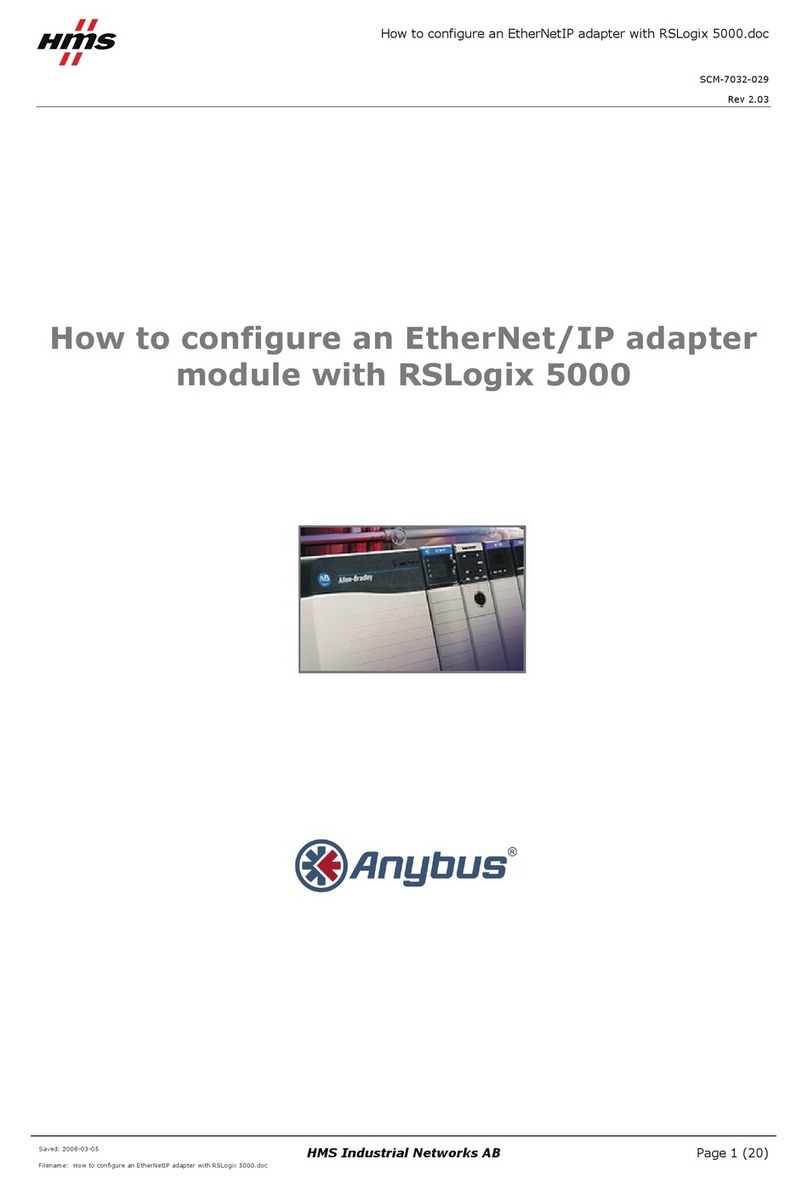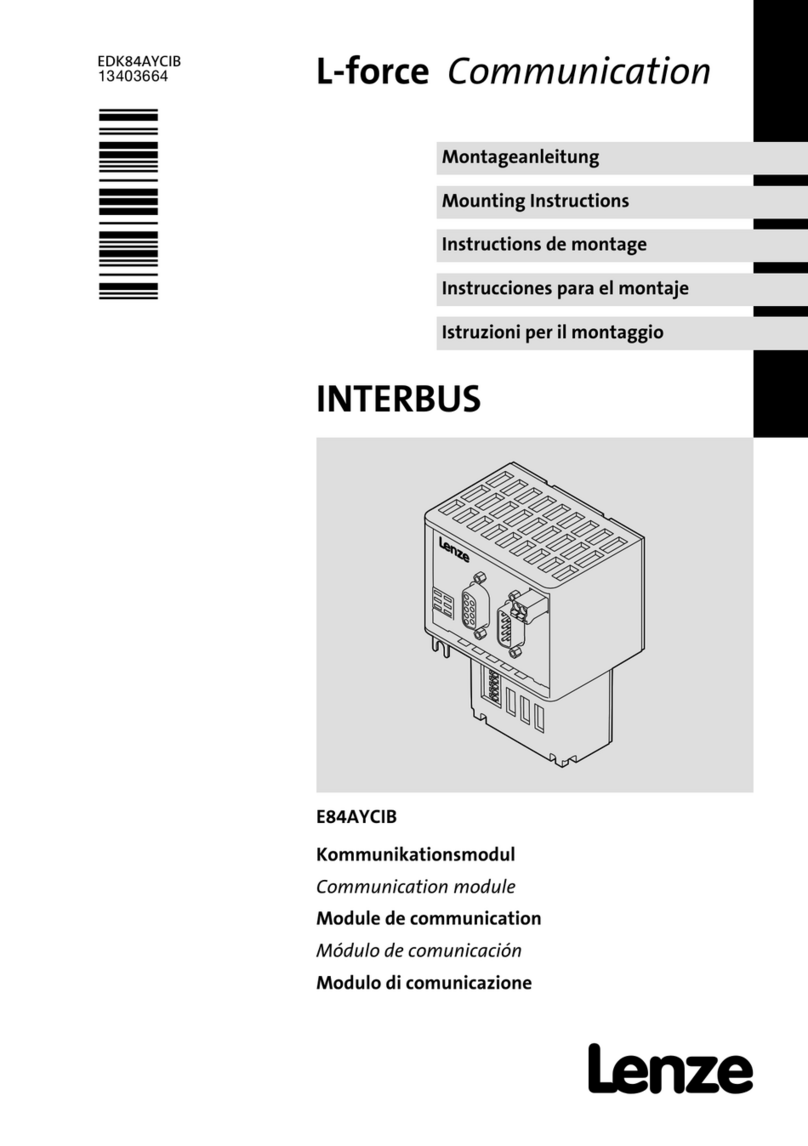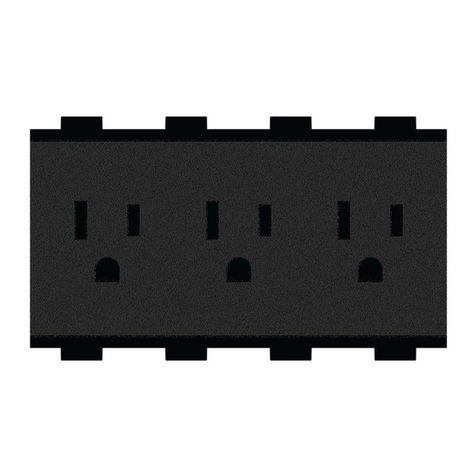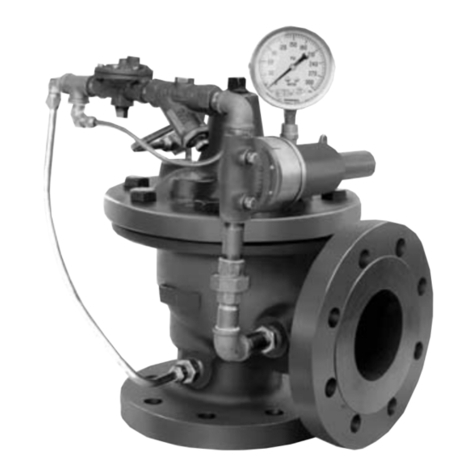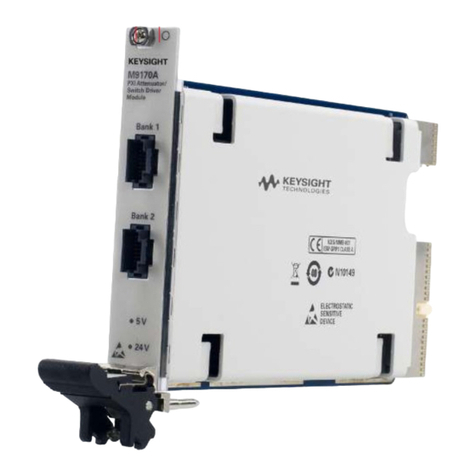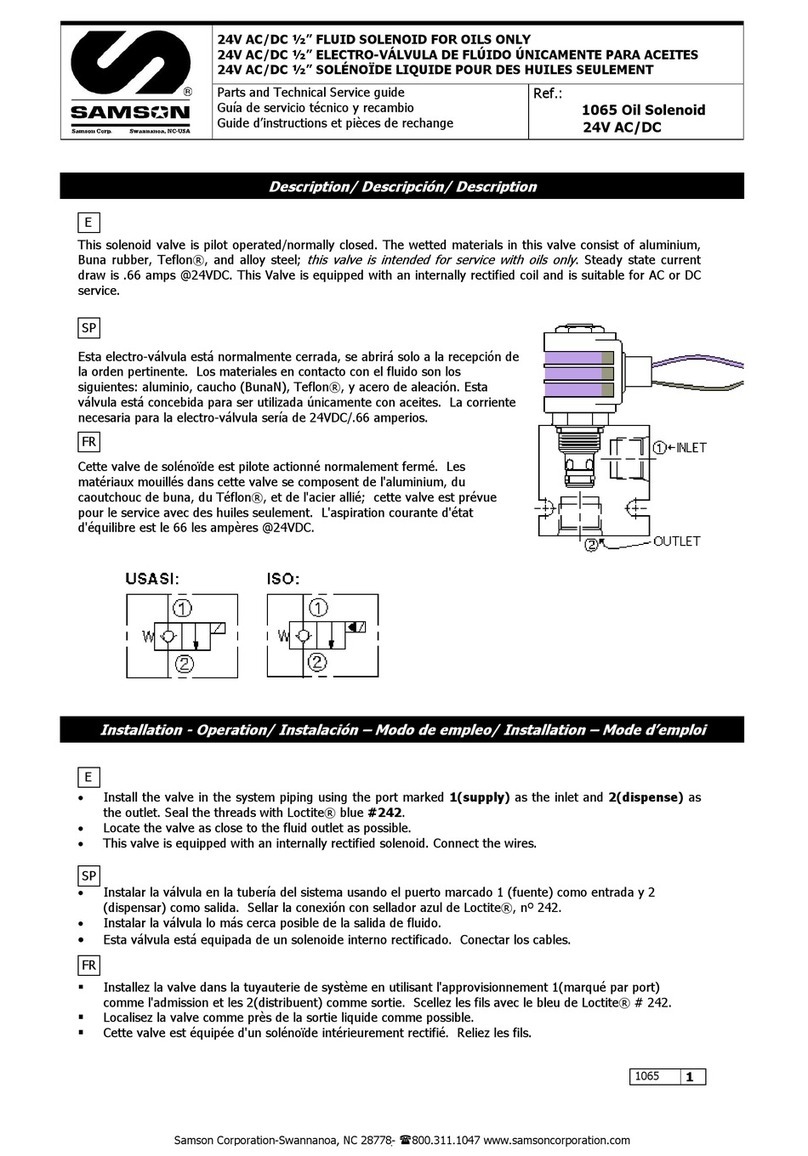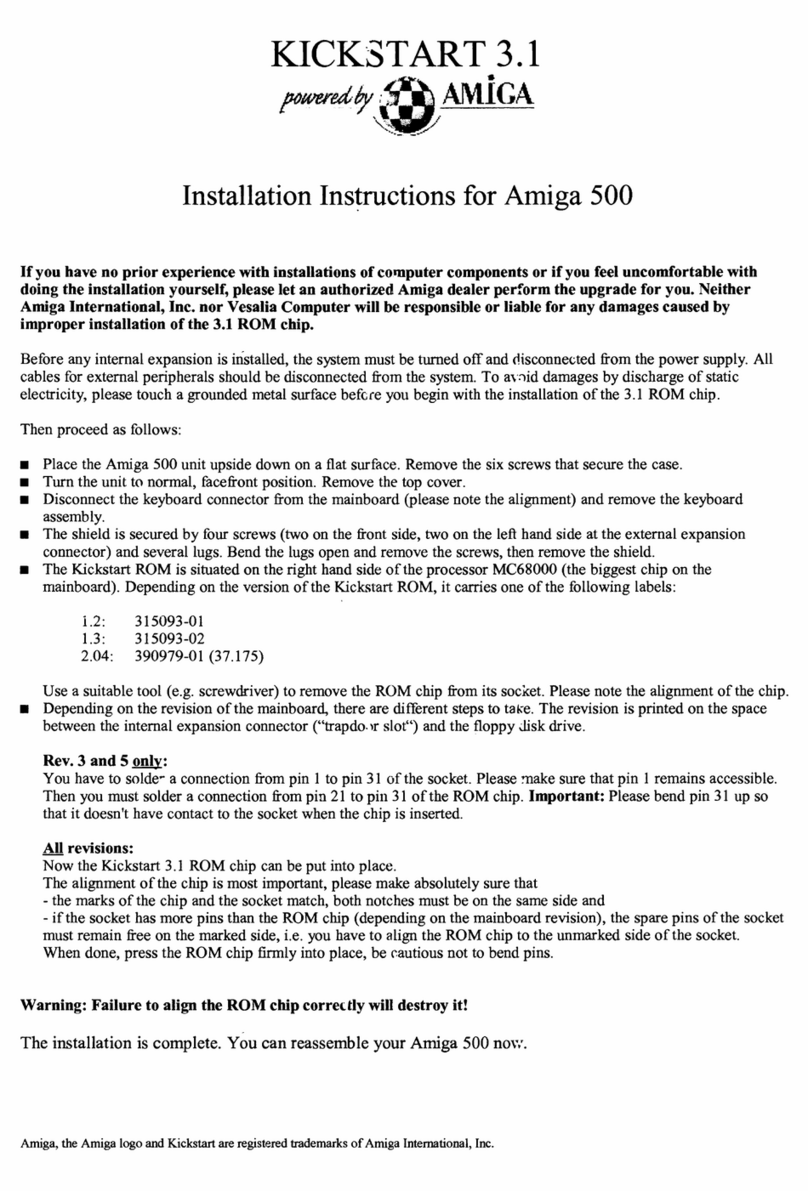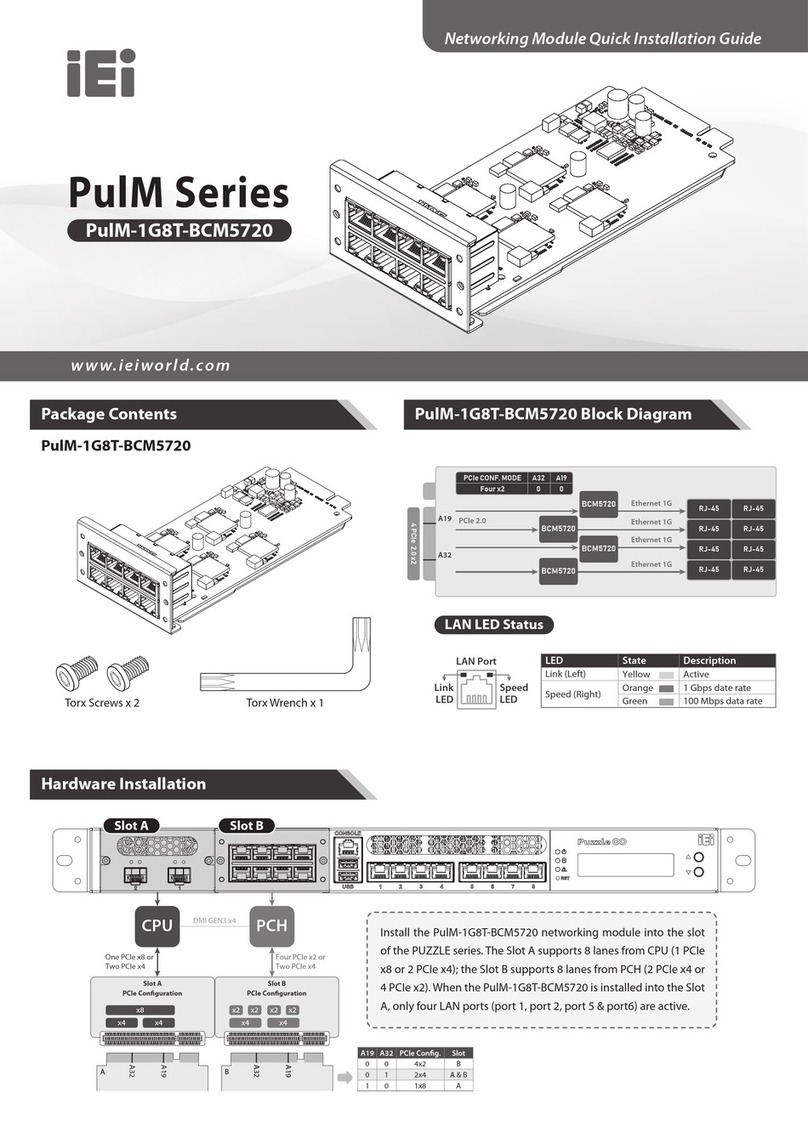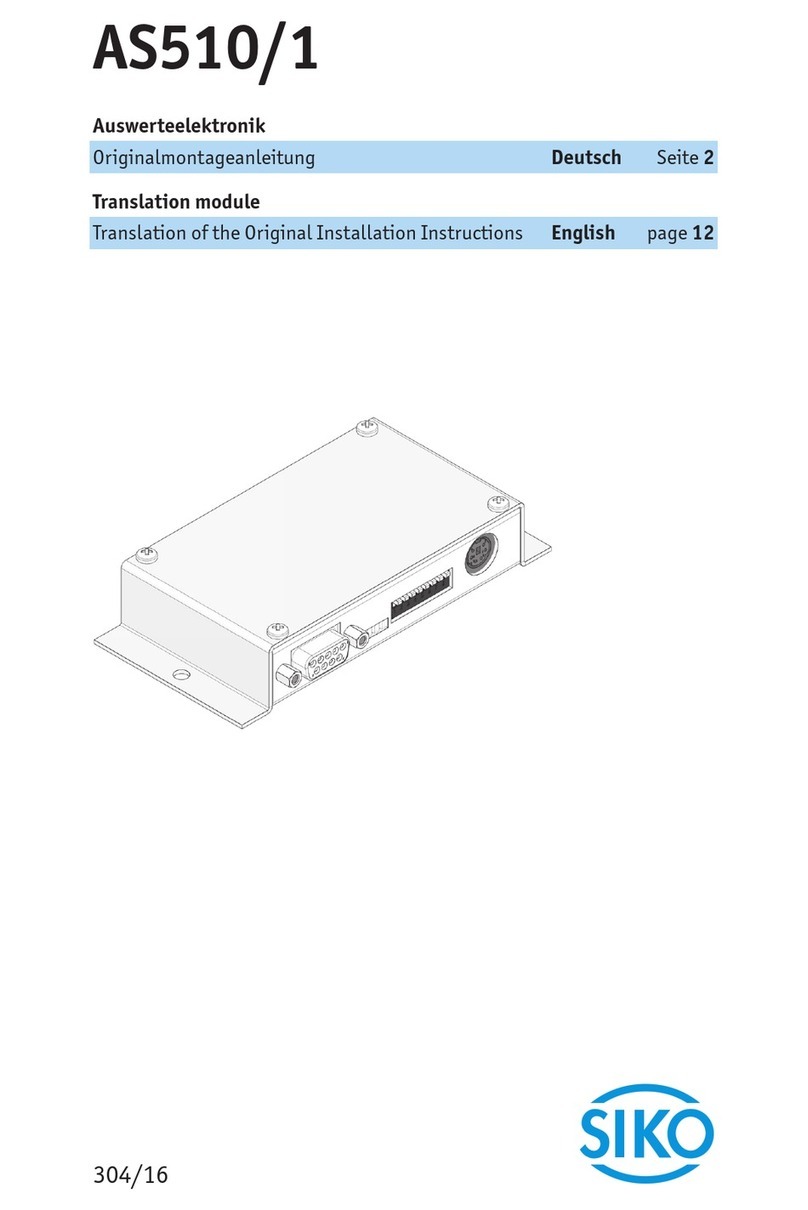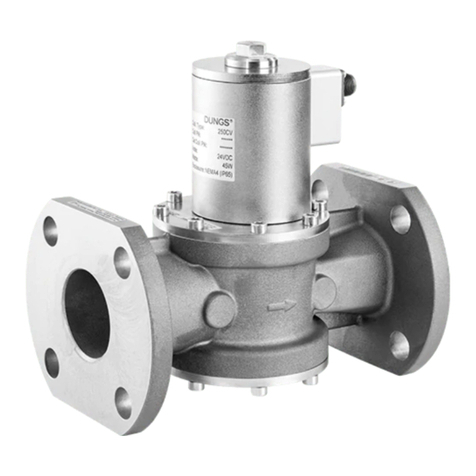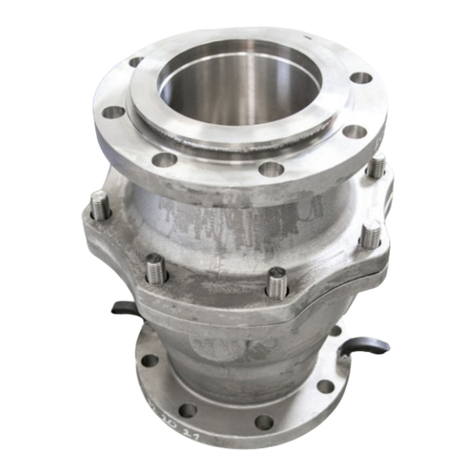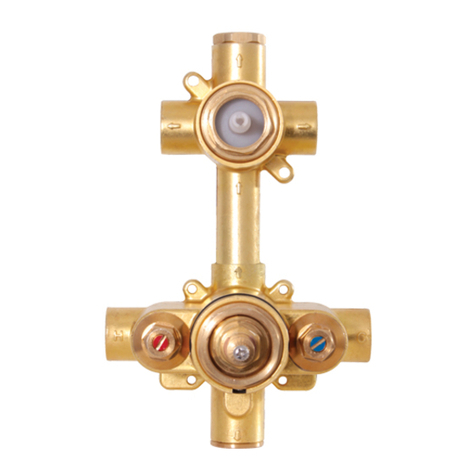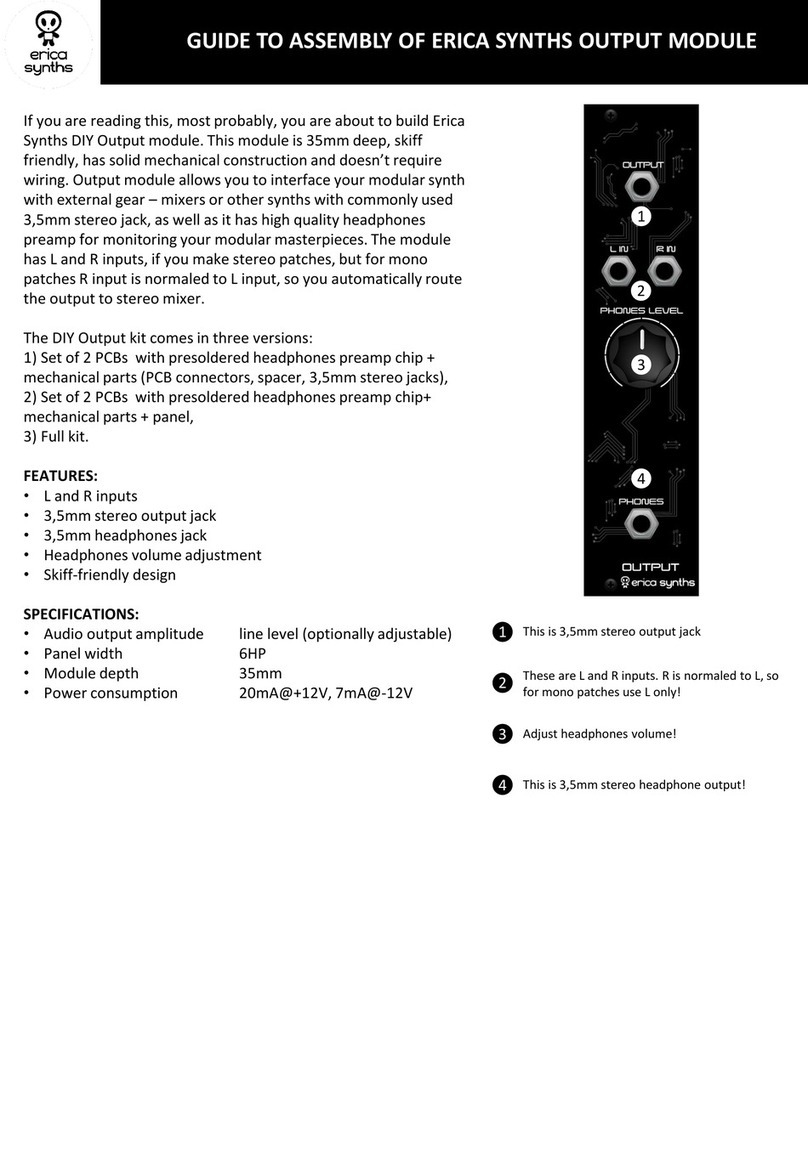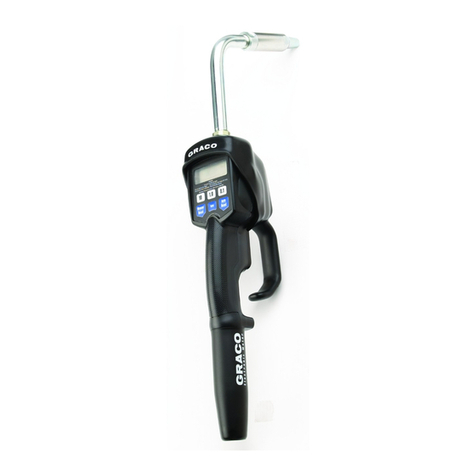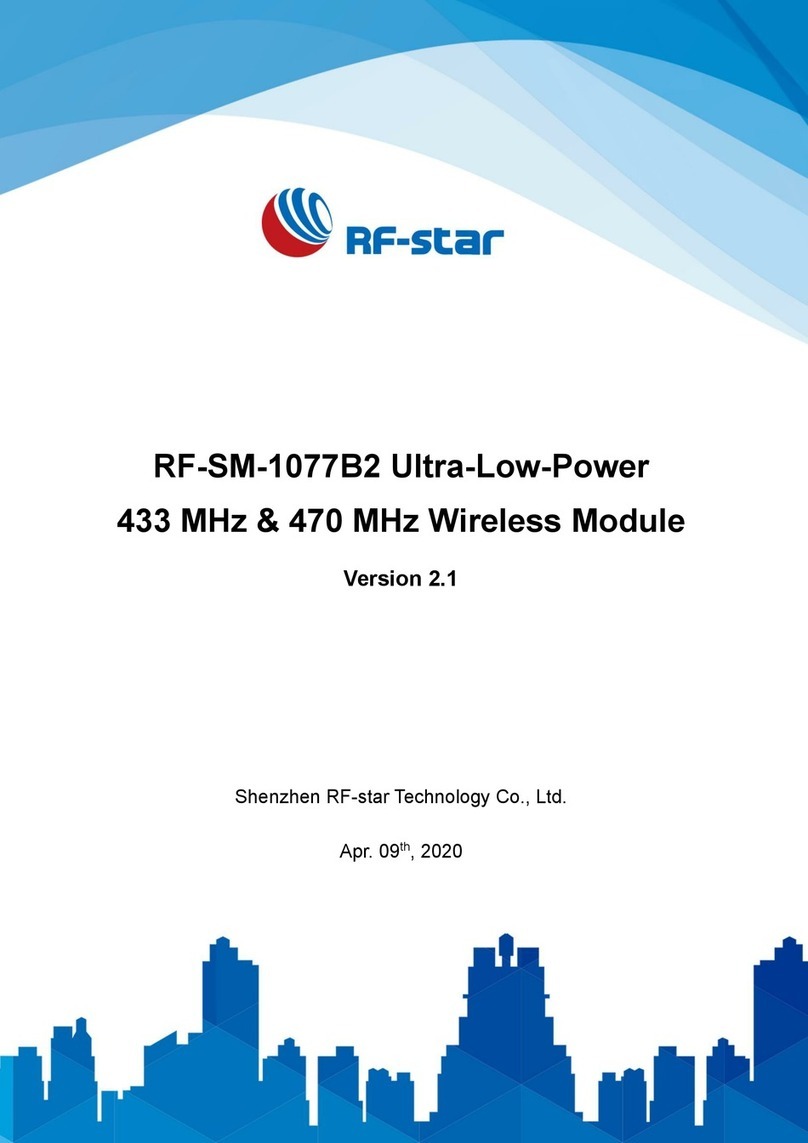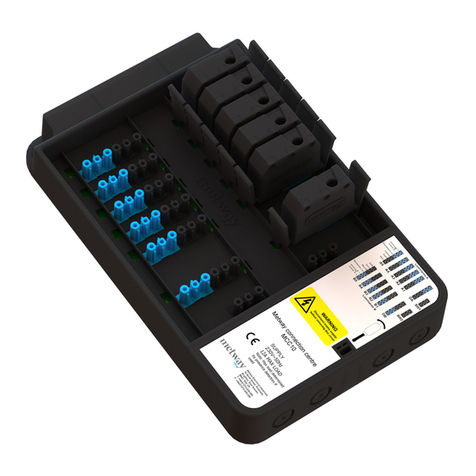
How to set up an Anybus CC-Link slave module with a Mitsubishi PLC
SCM-7032-027
Rev. 1.02
www.anybus.com HMS Industrial Networks AB
Page 11 (18)
Version 2.0 For version 2.0 the process is slightly more complicated. In this case the addresses of the flags
are depending on the number of occupied stations, the number of connected stations, but also the number of
extension cycles.
Note: At first if several stations are added to the network the offset area is moved according to the offset of
these stations. In this case one station is connected to the network.
The following table shows the memory offset for the handshaking process where Q is a variable. If Q for
example has the value of 32 the Remote READY flag will have the memory offset 27 in Dec and 1B in Hex.
Bit Slave -> Master Bit Master -> Slave
RX Q-(9 to 16) Reserved RY Q-(9 to 16) Reserved
RX Q-8 Initial data processing request flag RY Q-8 Initial data processing complete flag
RX Q-7 Initial data setting complete flag RY Q-7 Initial data setting request flag
RX Q-6 Error status flag RY Q-6 Error reset request flag
RX Q-5 Remote READY RY Q-5 Reserved
RX Q-(1 to 4) Reserved RY Q-(1 to 4) Reserved
Figure 11 The handshaking area for version 2.0.
The table below shows the value of Q in decimal format for different configurations.
Number of occupied stationsQ in Dec
1 2 3 4
1 32 64 96 128
2 32 96 160 224
4 64 192 320 448
Extension Cycles
8 128 384 640 896
Figure 12 Table of values of Q for different number of occupied stations and extension cycles.
The Input and Output area is configured to begin at address 1000, as can be seen in Figure 5 Setting the CC-
Link parameters. In this example the number of occupied stations is 2 and the number of extension cycles is
2. This makes Q take the value of 96. The offset for the remote ready flag will then be 96-5=91. In hex this
will be 105B. The handshaking area will then have the offset of 1050. Please note, if several stations are
attached to the network the offset area is moved according to the offset of these stations.
The handshaking can be done either manually or by a PLC-program. The manual alternative is to perform
the handshaking by setting the bits directly in the Entry Data Monitor, see chapter 4 Testing for more details.
The PLC-program for the handshaking process will look the same as for version 1.0, but the memory offset
in this case will be 105B, see the previous section for version 1.0 for details of the program.
Formula
The formula for Q suggested by HMS is as follows:
CC-Link version 2.0 and Extension cycles=1:
Q=(Number of occupied stations*32)* Extension cycles
CC-Link version 2.0 and Extension cycles>=2:
Q=(Number of occupied stations*32-16)* Extension cycles


















